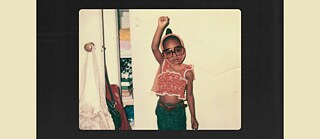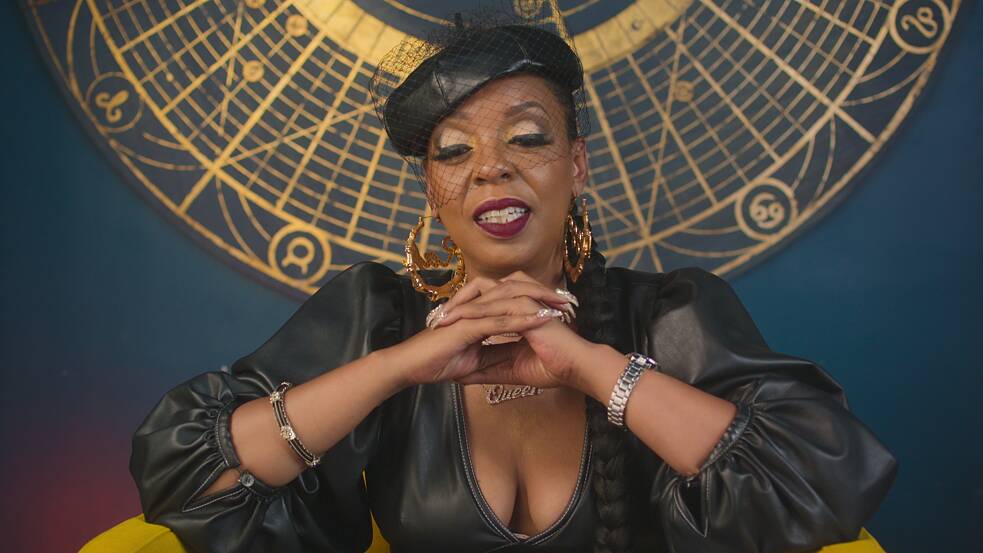In its early days, hip-hop was an almost purely male domain, at least in the public perception. However, there have been female artists since the early days of rap who contributed to the style, which was still in its infancy in the 1980s, whether as musicians, producers or in the industry. But for a long time they were not perceived as equal players, they simply didn't belong.
Instinct leads me to another flow (flow)
Every time I hear a brother call a girl a bitch or a ho
Trying to make a sister feel low
You know all of that gots to go
The beginnings: women in the shadow of men
Why women in particular were not initially taken seriously in this important and society-spanning movement is a matter for historians. What is certain, however, is that female voices came to the fore early on with Sha-Rock, MC Lyte and Salt 'n' Pepa. Initially with far less visibility than their male counterparts, but towards the end of the 80s two young women named Dana Elaine Owens and Melissa Elliott as Queen Latifah and Missy Elliott ensured that the tide began to turn. From the start of their careers, both managed to reach a broad international audience with topics such as empowerment and social justice for women, with the support of male colleagues such as Timbaland and Fab 5 Freddie.But on the road to equality, the tables were first turned: women gave their rap personas a sexual twist. Female artists like Lil Kim, Foxy Brown and Trina boasted raunchy lyrics that earned them huge popularity and a large share of album sales. There's no denying that they occupy a legendary place in the rap game, even if it remains questionable whether or not this strategy has helped to improve the one-dimensional image of women as sex objects. However, when you look at modern female hip hop artists like Nicky Minaj, it becomes clear that they are not using their sexuality to sell sex, but to challenge the patriarchal structures of the hip hop scene, as well as society in general. It's about messages of female strength, perseverance and sovereignty in a male-dominated world, and sexually charged lyrics are detached from conventional male fantasies, for example by Minaj infusing sexually charged tracks like Anaconda with a message of “body positivity”.
And in Germany?
The German scene has undergone a similar development: Few women managed to become as well-known as their male counterparts in the genre's infancy. The first, somewhat better-known German female rapper Cora E. was already active in the late 80s, but in the 90s the scene in Germany also started to move. The "German Salt'n'Pepa”, the trio TicTacToe from the Ruhr area, Frankfurt's Sabrina Setlur and Hamburg's Nina MC found a hearing not only as women, but also with topics outside the usual hip-hop waters. Here, too, the early efforts bore mature fruit: In 2024, it's hard to imagine releases from labels large and small without a female presence. After the duo SXTN focused even more strongly than their predecessors on provocation through the targeted use of male clichés in 2015, the field seems to have matured in 2024. A wide range of independent (Hayiti, Ebow, Die P) and mainstream female artists (Badmómzjay, Shirin David, Juju) cover every conceivable facet in terms of style and content and do not shy away from collaborations with male colleagues and cross-genre style experiments.A considerable gap
In 2022, however, only 13% of all popular hip-hop songs were performed by women. By comparison: in pop, the figure is around a third. The situation is even starker in production: according to a study on representation and equality in the US music industry, only 3.4% of producers were female, while around 96.6% were male. While the proportion of female music producers doubled between 2018 and 2019, this trend reversed in 2020, leaving a significant gap in terms of proportionate representationDon’t get it twisted – none of this came easy
Rapsody
There is still work to be done, and not just in hip-hop. The individual stories of female artists, the small steps and marginal conquests of previously male territory are part of a larger movement with the aim of achieving equality, pushing boundaries and also spreading new perspectives in order to finally reach a state in which everyone can really belong.
Watch "Ladies First"
worldwide on NETFLIX






